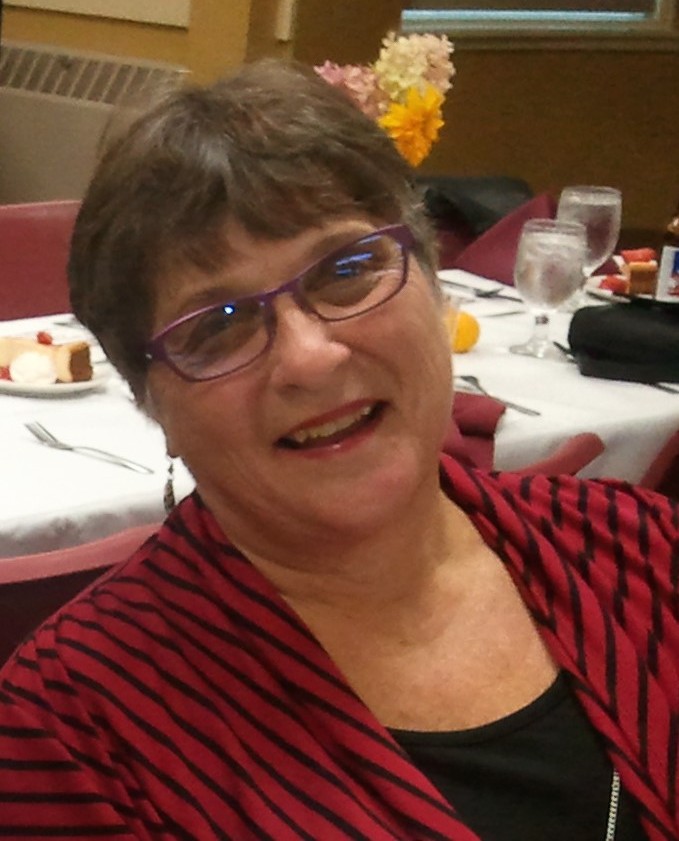What Does It Mean to Be “Good” at Math?
by Pam Meader
Last week I had to visit a dental lab to match a crown to my other teeth. During this visit, the technician asked what I did for work, and when I told her I was a math consultant she immediately said, “Oh, I am not good at math but I love science.” I wondered to myself how someone who loves science couldn’t be good at math? Science and all its data collection and analysis is clearly related to math.
Mark Schwartz, a retired math professor from Southern Maine Community College, wrote an op ed piece in a Portland paper around students’ “can’t do math” attitude. He wrote that before he would start his developmental math class, he would have his students close their eyes and think about when they decided they were not good at math. Stories would pour forth from students of terrible experiences in middle or high school; stories of being confused when no one could explain a process to them or of being pushed through classes regardless of whether or not they gained any knowledge. These students, like the dental lab technician, believed that they weren’t good at math.
So what does it mean to be good at math? Am I good at math because I can use the quadratic formula, factor a quadratic, or rationalize a denominator? In looking at rigor (as defined by the Career and College Readiness standards), I am probably good at procedural fluency but there’s more to rigor math and to math overall than that. As I shared in a previous blog, I learned math through memorizing procedures and I became pretty adept at that. But if a math problem was thrown at me where I would have to apply this knowledge, I would freeze. I remember memorizing the solutions to the famous train problems. You know the ones: Train A leaves some place at such-and-such a time, and Train B leaves another place at a different time, etc. and you have to figure out when they will meet. I could solve the problems, but didn’t have the conceptual understanding to back up my correct answers.
It wasn’t until I (fortunately) fell into adult education and started taking courses on how to teach conceptually that the second part of rigor, conceptual understanding, became part of my teaching arsenal. I had thought I was doing a good job before then, allowing my students to discover math through manipulatives but soon realized there was more to conceptual understanding than that. Facilitating the Adult Numeracy Instruction (ANI) training and later piloting the SABES-sponsored Building a Solid Foundation course has since deepened my perception of developing conceptual understanding for myself and for my students.
During my college years, I worked summers in an office of a local paper mill. My boss, knowing I was a math major and probably wanting to put my knowledge to the test, asked me to devise a scheduling system of workers rotating through 4 days on, 2 days off so there was constant coverage. After much trial and error, I used a tree diagram and proudly presented the schedule to my boss who was pleased but surprised probably that I had passed his “test”. For me it was an empowering experience to see this math that I had studied did have some use in the real world. The schedule problem exemplified the third part of rigor, which is application. When students can apply their math knowledge to real world problems, they enrich and deepen their understanding and feel inspired.
Unfortunately, many students don’t feel inspired by math. Just this morning I read a blog by Karim Ani who shared some astounding statistics about middle school students. Forty four percent of the students polled preferred taking out the garbage to doing math homework. Ani went on to explain that math needs to be taught using world wide applications. “A math class without authentic applications is like an astronomy class where students spend the year calibrating a telescope but never actually look at the stars. Math allows us to better understand the world and to live more meaningfully in it”.
So when are we “good at math?” When we see the beauty of the subject, how it works and connects, and most importantly its prominence in helping us make sense of the world and all of its complexities.
——————
 Pam is a Senior Professional Development Specialist for the SABES Center for Mathematics and Adult Numeracy professional development initiative for Massachusetts. Pam is a former high school math teacher and has taught math in adult education for over 25 years. She helped co-develop Adults Reaching Algebra Readiness (AR)2 with Donna Curry. She is a national trainer for LINCS and ANI (Adult Numeracy Instruction). Pam enjoys sharing techniques for teaching math conceptually from Basic Math through Algebra and has co-authored the Hands On Math series for Walch Publishing in Portland, Maine.
Pam is a Senior Professional Development Specialist for the SABES Center for Mathematics and Adult Numeracy professional development initiative for Massachusetts. Pam is a former high school math teacher and has taught math in adult education for over 25 years. She helped co-develop Adults Reaching Algebra Readiness (AR)2 with Donna Curry. She is a national trainer for LINCS and ANI (Adult Numeracy Instruction). Pam enjoys sharing techniques for teaching math conceptually from Basic Math through Algebra and has co-authored the Hands On Math series for Walch Publishing in Portland, Maine.
